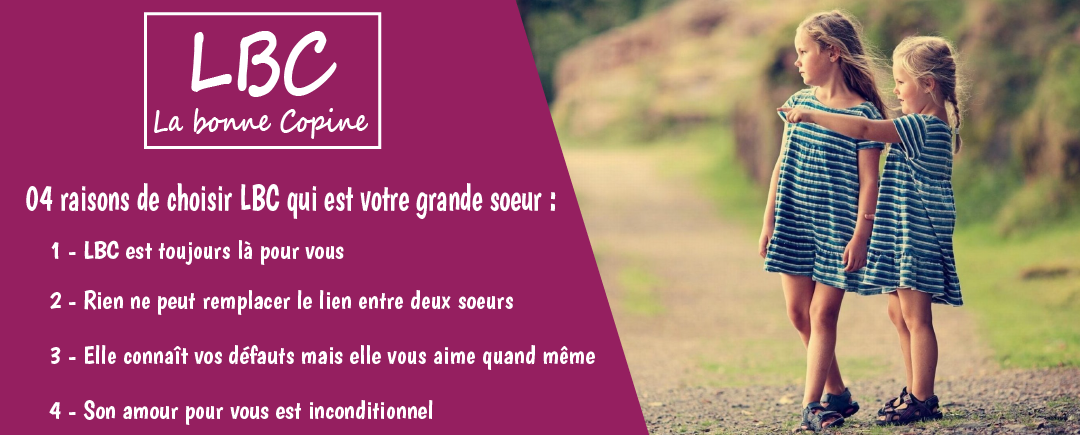The Malagasy Braid and Its Meanings
“For Malagasy people, the braid holds cultural significance as a symbol of bonds, brotherhood, and unity. Each woven strand carries ethnic meaning, and its usage varies depending on events like circumcision, mourning, or marriage. In the past, it was the braid that showcased the charm of Malagasy women, as they wore neither jewelry nor shoes and relied solely on ‘lamba’ as clothing.”
In addition to being an aesthetic creation, the art of hairstyling is an expression of coquetry that can be observed in both men and women. Hairstyles have always been a means of conquest and seduction, a truth acknowledged in Malagasy traditions by both genders. For each tribe, hair weaving presented a wide array of choices, and pride was placed in artistic presentation. Beyond aesthetics, how a person’s hair was braided could indicate their age, origin, and social status. It was also a genuine seduction weapon, symbolizing household and love. Evidence of this is, “A woman was expected to dishevel her hair and wear it fiercely raised to her shoulders when her husband died.” When a young boy undergoes circumcision, all the women in his family should wear a single braid… Today, young people adopt braids to stay fashionable.
The Malagasy Braid for Women
In the past (and even today in certain regions of Madagascar), all women in the same family would style their hair the same way: in ‘randra-madinika’ or ‘difisesy’ during a circumcision ceremony. As for young girls, they wore ‘lambomiditra,’ widows were required to wear ‘bango tokana,’ and women and teenagers wore ‘tana ivoho.’
Meanings of Braids for Men
The Merina men had completely abandoned their old hairstyles long before the 1914 war. This was also the case for many Betsileo. However, men from other tribes remained faithful to their old habits. Thus, simply by looking at their hairstyles, it was easy to determine the ethnic group to which they belonged. Regarding the Betsimisaraka, Admiral Van Neck noted that men styled their hair in various ways: those in mourning had sparse or braided hair in small knots. Others adopted a horn-like shape that hung down…
In 1965, Bontekoe wrote about the residents of Sainte-Luce Bay (‘Antanosy’): “Some had long hair, while others had curls like sheep’s wool. As for the women, they tied their hair in small braids on their heads and oiled them, making them shine in the sun. The majority of men used them in the same way.”
Flacourt wrote about the ‘Antanosy’: “Their hair, for the Grands and the Rohadrians, is straight and long, which they call ‘tsonsavoulou (tsotravolo).”They never braided them but only oiled and shaped them into a rather astonishing crown-like form with wax. The natives (the blacks) braided them quite appropriately. It was difficult to differentiate between a man’s and a woman’s head. In fact, men arranged and wore their hair just like women.
Hairstyles and Mourning Periods
For the ‘Merina’ ethnic group, the traditional male hairstyle disappeared after the death of Queen Rasoherina in 1868. The demise of soldiers also marked the end of the ‘transverse crest.’ For women, the traditional hairstyle changed to ‘Tananivoho,’ which remains in fashion to this day. During a period of royal mourning, custom dictated that the entire population had to sacrifice their hair. Both men and women shaved their heads, except for princes, princesses, and some of their close relatives. This cutting occurred multiple times during the mourning period, which could last for an entire year. For the death of Radama I, this haircut took place three times.








